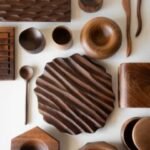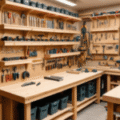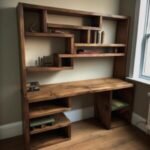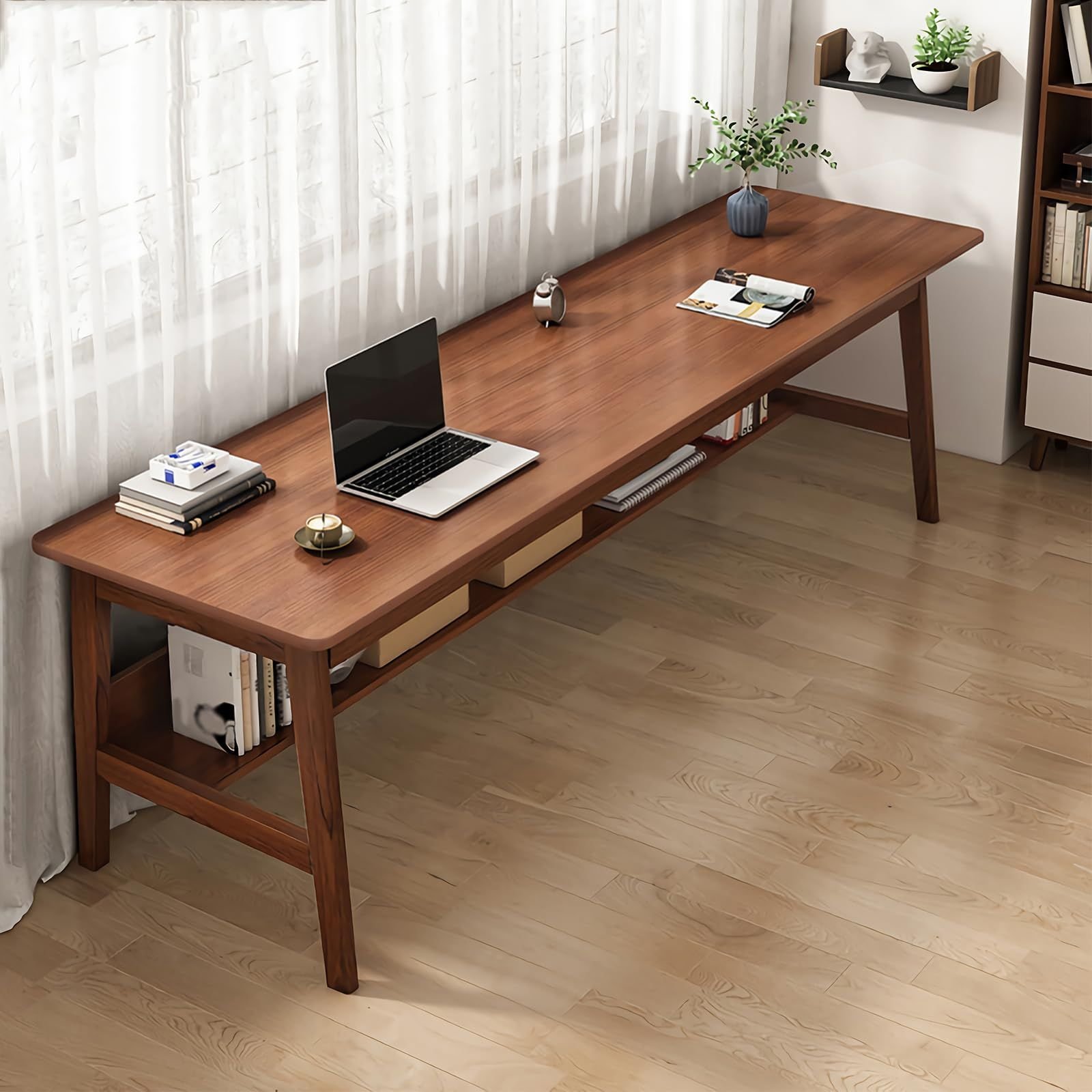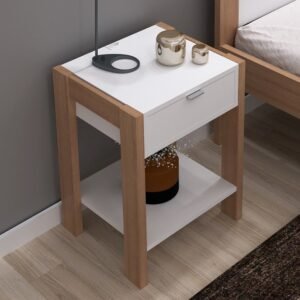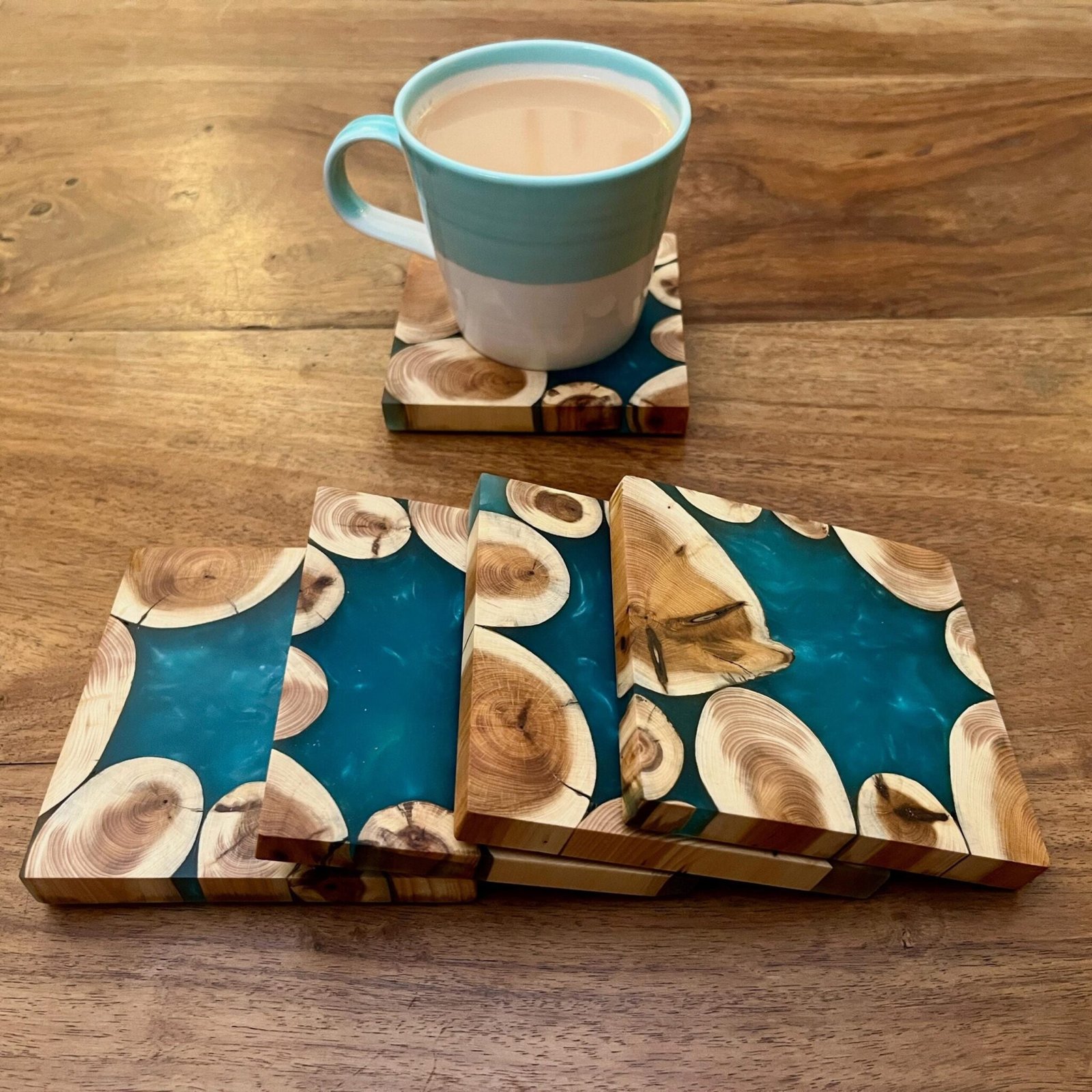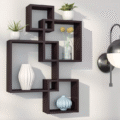Finding My Way with a Combination Square
You know, there are days in the workshop when it feels like you’ve got it all figured out, and then there are those days—oh, those days—when you’re just wishing you’d stayed in bed. Last fall, I decided I’d finally tackle the coffee table I had been dreaming up for months. Plenty of sketches, all lined up and ready to go. But I didn’t really think about the tools I’d need. I mean, I had the basics—a circular saw, a sander, some clamps. It wasn’t until I dived into legitimate woodwork that I realized I really needed a good combination square.
Let me tell you, I learned that the hard way. Old pine boards lay on my garage floor, smelling like a warm summer afternoon, and I was all enthusiasm and no clue. I had this beautiful vision of rustic charm with a dark stain, and the first thing I needed to do was crosscut those boards to size. I was feeling pretty confident until I grabbed my trusty but somewhat ancient framing square—if I’m being real, it had seen better days.
Well, I went ahead and measured out the first piece, and I laid the board down, only to realize halfway through my cut that I’d miscalculated. By the time I was done, I had two pieces of wood that, let’s just say, could not have been used for anything resembling a coffee table. I almost threw my tape measure across the garage—ugh! But then I remembered something my granddad always said: “Don’t get mad; get even.”
The Simple Tool That Changed Everything
After that epic fail, I knew I needed to invest in a combination square. I had heard people talking about them, but honestly, I thought, “What’s the big deal? It’s just a ruler with a little arm.” Oh, how wrong I was!
One Saturday, I strolled down to the local hardware store. The smell of sawdust and the sound of tools clanking was almost comforting. I picked out a combination square from Starrett, a solid piece that just felt right in my hand—weighty, well-made. It was like taking a breath of fresh air after being underwater for too long.
When I got back to the garage, I was energized. I laid out my boards, each piece just waiting for its moment, and I placed the combination square into action. You know, that satisfying “snap” when the arm locks into place? It’s a sound that says, “Now we’re cooking!”
I measured, double-checked, and then laughed when I realized how much simpler those measurements were with an accurate tool. I felt like a chef, finally using the right knife to cut through a roast. I made cuts that were straight as an arrow—no more swear words muttered under my breath when pieces didn’t fit.
Embracing the Mess Ups
Now, it wasn’t all smooth sailing from there. I have this habit of biting off more than I can chew, and I decided to add some inlays to my coffee table. Yeah, not the brightest idea for a novice! The first couple of pieces went well, but then there it was again—my old buddy, the miscalculation.
I wanted to add some oak inlays, but I didn’t measure correctly, and I ended up having to patch a couple of holes I created while trying to chisel out the sections. Oh, and did I mention the smell of burnt wood? There’s nothing quite like that aroma wafting through your little space when you’re working a bit too hard with a chisel that probably needed sharpening.
I spent hours standing there, feeling kind of defeated, wondering why on earth I thought I could do something that looked so easy on YouTube. But just like my gramp used to say, “Every mistake’s got a lesson hidden in it.” Eventually, I came up with a plan to sort everything out, and when I finally got the inlays to fit just right, it felt like winning the lottery.
The Satisfaction of Finishing Up
Once I finally pieced everything together—with a little glue and the patience of a saint—I needed to sand. The sound of that palm sander buzzing was like a symphony to my ears. I could picture the coffee table in my mind, polished up, promising evenings spent around it with family and friends.
The first coat of stain brought out that deep, warm richness of the wood. I stepped back and just admired my work. It wasn’t perfect; there were little quirks and flaws, but that’s what made it mine. Every little misstep turned into part of the character. The best part? When my wife walked into the garage, her eyes lit up. She didn’t expect me to actually pull it off, and the pride on her face made my heart swell.
So here I am, finishing up this article with my coffee in front of me, reflecting. Sometimes I get so caught up in the journey of making something—overthinking measurements, stressing over mistakes—that I forget the joy of just creating. The combination square became more than just a tool; it was a solution wrapped in patience and maybe a few little chuckles at my earlier mess-ups.
If you’re sitting there wondering if you should get into woodworking, or if you’re nervous about making mistakes, just dive in. Seriously, don’t hesitate. The only way to learn is to try—and trust me, you’ll have stories to tell and memories to make along the way. Just remember to invest in that combination square first!




